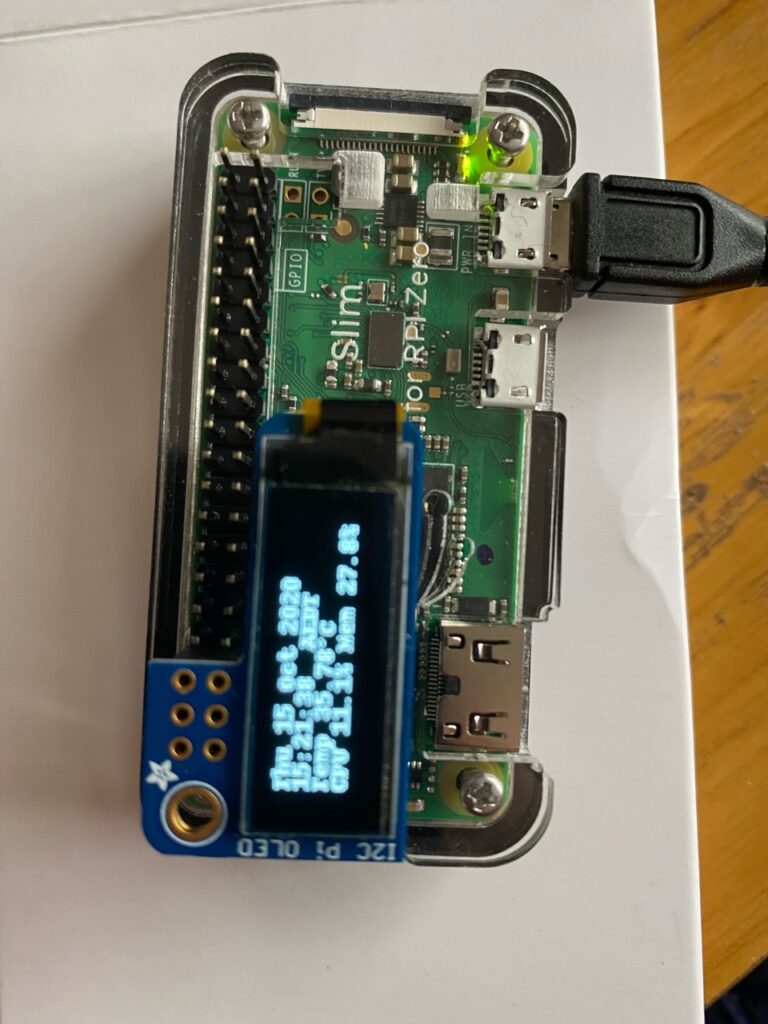A Pi Zero
So I already have a Pi 4 4GB and 1GB. The 4GB Pi is where this web site is hosted along with our stash of TV shows and movies and as well as serving up the web site we use it to play our shows via VLC and a 4K HD TV. That all works very well and it just sits there and does its stuff. It’s visible to the internet on ports 443 for the web server and 22 for maintenance when I’m not at home. It has 1TB or storage attached.
The 1GB Pi is our file store – backups of our Windows systems, our digital photos, iTunes music, our movie and show collection, etc. It is also a MySQL server for various databases that I keep for community group stuff. This Pi isn’t visible to the internet at all and has about 5TB or storage attached all SSD.
Both the 1GB and the 4GB Pi’s are running 64 bit kernels although the 4GB Pi is 32bit userland. The 1GB Pi is fully 64 bit. They both boot from USB SSD devices.
Both of those Pi’s have Samba running and they share various directories. The whole setup works very, very well.
When I first got the 1GB Pi it was supposed to be a sort of development and test system for other stuff I’m working on. That scenario lasted only a short time, however.
So what to do about a test system ? A Pi Zero of course. It doesn’t matter what I wreck – I can just make another SD card if I mess up too badly. So I ordered one along with a power supply, a HDMI adapter and a plastic case.
After a small hiccup within about an hour or so I had it in its case with the 128 x 32 OLED Display from Core Electronics attached and working.
The hiccup was born of not paying attention. I imaged the 64bit PoOS to the brand new SD card and spent a bit of time trying to work out why it wouldn’t boot. I should’ve read what the Pi Imager was telling me and used the correct version of PiOS. You can take it from me that a 32bit PiZero can’t use the 64bit OS. Idiot….
The longest parts were making the SD card from the latest correct download and updating it once I had it booted.

First impressions ? Geeze it’s small and for such a small package it’s surprisingly capable – much more so than my 80’s IBM Thinkpad running OS/2 Warp.
Now that I’ve got my bascic configuration up and running I’ve taken a copy of the SD card using the handy built in utility so I’ve got a basic fallback position should I mess things up irretrievably.
Next step is to make a start on a python3 script to control the fans on the other two Pi’s then there’s a couple of other MySQL things that I want to do with the community group database and that’ll be followed by some HAM radio stuff that I’ve been looking at for a while now.
